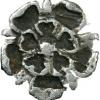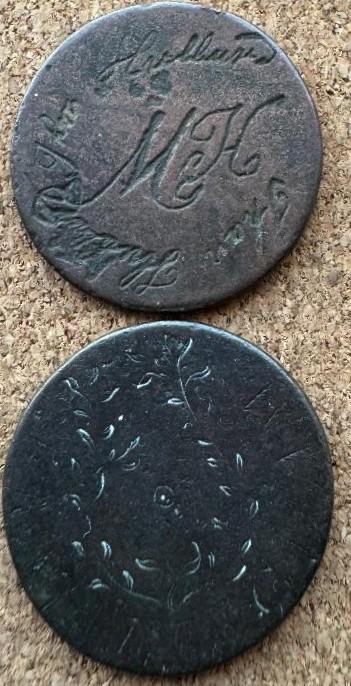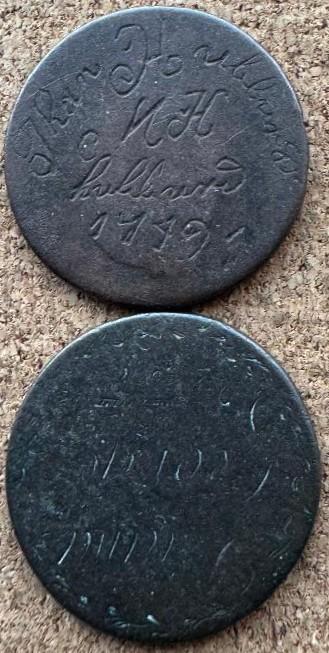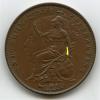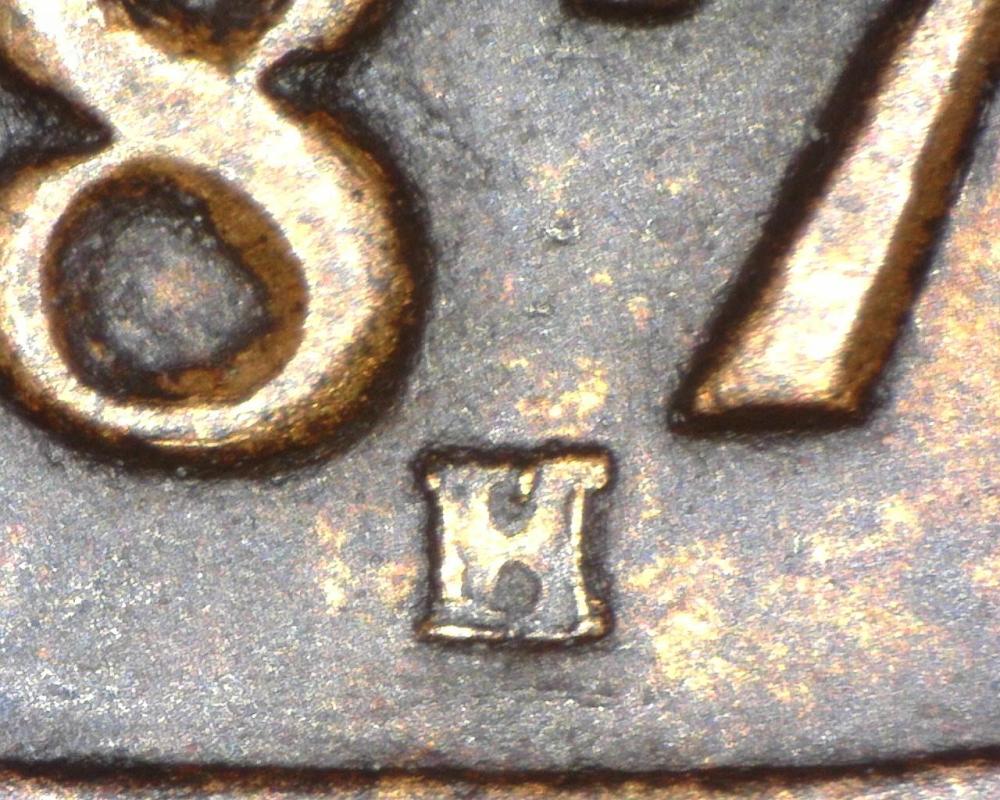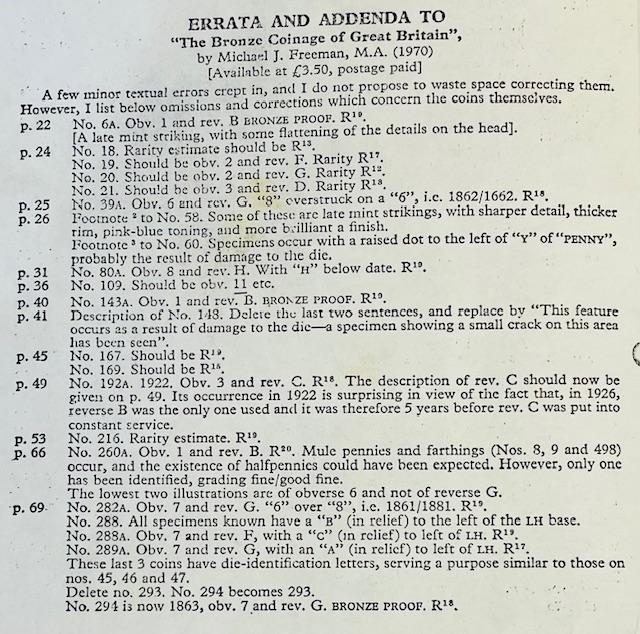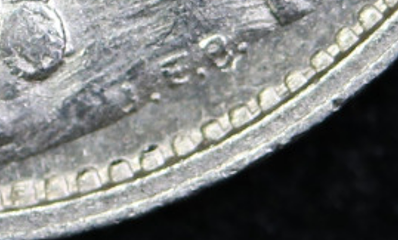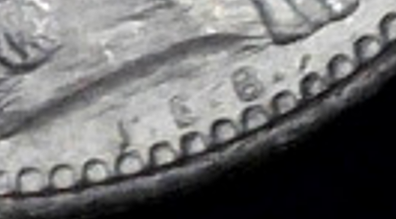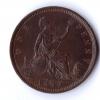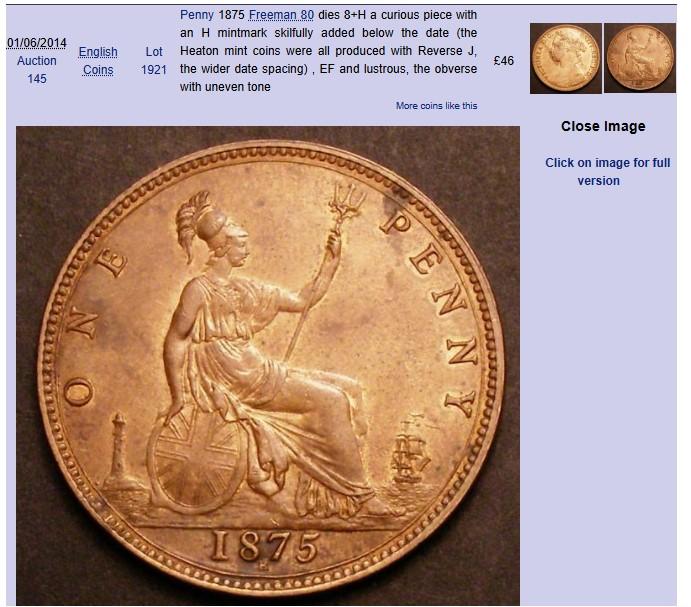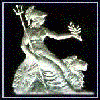Leaderboard
Popular Content
Showing content with the highest reputation since 12/15/2025 in all areas
-
7 points
-
These are the best of my bunch, 1864 is probably the best example that I have, these as the rest I have were boot fair finds well over 30 years ago, pre computers internet day and age...... also It turns out 12 months have passed by it was 1 year today that I first joined www.predecimal.com/forum 👍🍻6 points
-
6 points
-
5 points
-
5 points
-
4 points
-
4 points
-
Not the best of pictures but here's the edge. It reads * SERJEANT WILLIAM GRANT , 1ST BAT 92ND HIGHLANDERS. I bought it online from a dealer in Glasgow who had omitted the edge details in the description of sale. I was a bit miffed at first until i did some research. He is Roll number 51 on the Waterloo medal database. He also composed a poem about the battle that was on a manuscript that was sold by Noonans in September 2006 (lot 1100)4 points
-
4 points
-
I think people get a bit worked up over the question of cleaning as the topic is somewhat nuanced. Every coin in circulation showing signs of wear has effectively been cleaned because the act of circulation ensures that contact is made with other surfaces which rub against each other. i.e. nothing different to taking a the use of chemical cloth to a coin and rubbing. That just speeds up the process. The only thing that is offensive in the eyes of most collectors is a case of a polished coin, with or without the use of chemical substances. Personally I love toning for the fact it gives added confidence that the surfaces have not been messed about with, but even that has a few caveats because silver dip will leave a residue on the coin which over time will give the piece in question a typically pinkish hue. Any coin in someone's pocket will end up from friction with lots of faint parallel lines, because they were there. Without polishing chemically, I defy anyone to see the difference between pocket rub and a soft cloth, though clearly it would be possible in the case of demonetised coins to use your loaf and conclude that not being in circulation any more, the only option left is deliberate. In the case of the Morgan above, if the surfaces aren't reflective, probably not other than 'cleaning' from circulation, because there is clearly wear to the high points.3 points
-
We all have dogs in our collections. I remember when I was cataloguing Stewartby's collection for Spink. I was under pressure to keep the lot numbers down as far as possible because of the quantities involved. That raised a problem when I was trying to catalogue the Edward IV halfpennies as he had one excessively rare light coinage Canterbury coin with mm. Pall and trefoils at the neck (S2072A). The problem was the fact it was unique. The downside was unique or not, it was a dog. To keep the average lot value up, I decided to mix it with a high grade halfpenny and gave it a buy me estimate. As I suspected, the high grade piece did all the heavy lifting on the lot, but I already had one, so pulled out the stops and bought the pair. Having bought it, I immediately sold the better coin for nearly as much as the lot of 2 cost, leaving me with a cracked, bent, holed, worn, and just about every other fault imaginable coin that cost me about £9. Still never seen another. The coin in question was found in Hampshire near to the Delme-Radcliffe home, who acquired it when found, wrote it up in the BNJ vol.51 and sold it in her sale in 1985 (lot 288). An absolute dog, and one of the last things I would part with. I used it to tick the pall marked coin box. Here it is in all its splendour (?)3 points
-
So do I. It will get the wife off my back telling me to stop doing all the things I enjoy. Rest assured all will be fine. I'm not giving up the ghost yet. I haven't yet created a box for Rob Pearce 1958-2026 to tick yet. Eventually it will be filled, but family history suggests I might be around for a while yet. My father's eldest sister was 96 when she died. Never married, ran a smallholding on her own, then had a sweet shop in Wells, rode a motor bike until she was 70 and refused to go into a home to the day she died on the grounds they were full of old people. The interesting bit was the bike. At 5'3" and weighing 5 &1/2 stone, one that she rode was an Ariel square 4. I guess she didn't want to conform to the insecure female model. By the time she stopped after coming off on ice one night, she was down to a 250, but was collecting her pension. I liked visiting her sweet shop.3 points
-
3 points
-
Get in quick for this one: https://www.ebay.co.uk/itm/187859014593?itmmeta=01KCWD3RSPGS13XT0BRGS6G0P9&hash=item2bbd4513c1:g:jDsAAeSwnv1pRbEi&itmprp=enc%3AAQAKAAAA4FkggFvd1GGDu0w3yXCmi1fvsd0HwSoi3YVy3fEVKmzOU8EzcZuz8p%2FWljDDMPKaHkCqMoBVOUyU20uY%2Fk16edJXx5F6RDVCUVj8YBpZ0bcKH4TvJgCIt53fO1P%2BB7p7IPC3zyoGCpItoclwOlycCLt6syNuMKQL398SvgN%2FRbMQ5CT6ipDKzZzuKktdX4sH%2B8qBURpxXSMEif7ItzhiHxh%2FixUe1Ps9LJIKs31ia1sUwLyxkzevXuUrmv51nI5KQUj9qzfXRVg2jy%2BvtCqCJgBBXqOe%2Bv5PwAVO1oJdvZ50|tkp%3ABk9SR4aNj43nZg3 points
-
The manuscript of the poem he wrote was sold at Noonans. https://www.noonans.co.uk/archive/lot-archive/results/131481/3 points
-
Many thanks for the suggestion – I could list a dozen Brexity coin matters, but you immediately came up with one that I never thought of! Three points come to my own mind concerning the BM “Money Gallery”. 1) There is a useful account about how it came into existence here – straight from the horse’s mouth https://icomon.mini.icom.museum/wp-content/uploads/sites/20/2019/11/The_HSBC_Money_Gallery_at_the_British_Museum__Access_to_excellence.pdf “In 1995 HSBC Holdings PLC, the international financial group, with a deliberate focus on the increasingly globalised nature of monetary transactions, agreed to provide a donation worth £2,000,000 for the project” I am not sure when you visited – but the “deliberate focus on the increasingly globalised nature of monetary transactions” definitely lay behind that 1997 plan - to make sure every country got representation - and this seems surely linked to the advertising strategies of HSBC some years back (Just search Youtube for “HSBC” and “culture”). So my feeling is not that Soho matters were deliberately dropped. More like - it just did not fit the HSBC core narrative and was forgotten. I will add, knowing the sort of money that international brands pump into football, at 2 million, the BM rather sold itself short. Or maybe, scholarly interest is just a niche matter these days? 2) From my own side, it was the reorganisation of the gallery under Citi funding around 2012 that troubled. You point out the change of name, from “Coins and Medals” to “Money”. Under Citi only one long wall was left devoted to “Coins”. The other entire wall was now devoted to “Money”. Predictably the “Money” wall culminated in……... credit cards. Citibank made many billions from Credit cards, and was part of the associated anti-cash/coin advertising push back in the day. It seems curiously difficult to find the Citi BM donation on line – but I seem to recall it was 4 million. Personally that seems to me a cheap price for what rather looks like a shot at re-writing history. 3) More fundamentally, my fear is that these international money men are coming to the institution with the mind set of an advertising agent. Grabbing the attention of the general public is the core aim, scholarly accuracy sometimes lagging a long long way behind. Very specifically I can point to a Youtube video of the current curator, appointed post Citi, holding a silver pound coin of Charles I and saying the words: “it is a pound weight in silver” Oh dear. Rob Tye2 points
-
2 points
-
I have now added this type to my rarest pennies site and would be grateful to see any other examples.2 points
-
As a dealer I can safely say that if sold as a complete collection, you might get a small profit if taken as a whole but that would have to include the genuinely scarce pieces like the Kew Gardens 50p. The vast majority will go at face value if collected from circulation. I bought a complete collection of issued decimals in 2013 and still have most of the circulation pieces. Collecting them from circulation was no mean feat, but when everyone else can do the same, it eliminates much of a premium. Plus everyone wants coins with no marks if possible. One offs in sets sell for a premium, but not that many collect 1p, 2p, 5p 10p and 20ps, so you are left with profits coming from 50p, £1 and £2 coins. Nobody wants the £5 coins. If modern, most people buy year sets and get the job done in one go.2 points
-
2 points
-
It just seemed bit of a sweeping statement and reflected the personal searches of 2 people for different varieties. Had it been a survey of 30 or 40 collectors, all searching with the same level of intensity, either statement would have had more supporting evidence behind it. Both are unquestionably less than common, but I wouldn't like to assign a rarity of one relative to the other because I haven't done the spadework. My NGC MS65 1673 halfpenny was in a 65 slab when I bought it in 2006 and did so because I could see without a glass that it was actually a 5/3. To me that was obvious. Thanks to the work done by Nicholson identifying the various 5 over 3 dies with their different styles, I was then able to say that the majority of 1675 halfpennies were actually 5/3 and the straight, clear 5 from new dies was the rare type. At this point the yearly mintages fell into place, because if you believe the mint output figures, 1673 and 1675 were not particularly different and certainly not as rare as the 1672 in the case of 1675, yet listings in past catalogues suggested they were much on a par with far more 1673s than the figures suggested. That was my 3rd unassigned 5/3 to go in the collection, none of which was in less than a 63 slab. And all now out. Add the identifiable dates from images rather than cataloguers opinions and you arrive at not dissimilar numbers of 1673s and 1675s, and 1672 then becomes much rarer relatively. Which is what the mint said. Consequently I am happy with my analysis. This study also showed the existence of a doubly cut overdate, when close examination of my 5/3 showed it in fact to be 5 over 3 over 2. Totally unambiguous if you look at the pictures in the confirmed unlisted varieties section. It ain't going anywhere soon, but my sketches do allow others to identify the reverse die involved. Nobody would have considered it likely prior to my discovery due to the propensity of the mint to use dies to extinction.2 points
-
I'd not call it professional but for my three main obsessions, er, collections (shilling date run 1663-1970, Irish coins 1928-2000 & French 3rd through 5th Republics) I have a four ring binder and bunches of coin safe plastic sheets that hold anywhere from 42 (shilling sized) to 30 (half crown sized) or 12 (1870's 5 franc sized) and that suits me nicely. It's easy to show them to friends and easy to take it along when I go to coin shops or shows. Easy to find on Amazon, couldn't tell you elsewhere. Hope this is of some use.2 points
-
2 points
-
Thank you Stuart. All in all it has been passable here, but a few incidents have caused a bit of grief. I have had ongoing issues with a few external adjustments made when sitting at Birmingham since the middle of the summer. Trying to upgrade the website at the moment. A few changes to stock that I honestly believed had gone through due to the reply received from the platform, had not in fact, leaving me selling most of the desirable coins for a second time. It has happened to a few people that are regular customers who are more forgiving than new ones. The second set are less forgiving because they don't know you. Accordingly, I have had to make orders manually processable only. A pain in the ass, but at least it eliminates me having to incur a second set of full fees just to refund the customer. Makes me look a twat, and I never see them again. All is explained in the message on the landing page. The question is, can you see it or would you move past the front page too quickly to register the message? Anybody interested, have a look and give me some suggestions for a revamped layout. Website landing page Doesn't rain, only pours. Next problem. In addition to the above site issues, on Boxing day the CH boiler broke down and leaked it's contents everywhere. I have now informed myself by experiment that the new trainers my wife bought me a few months ago, are in fact waterproof as claimed. A quick check suggests the volume they can hold is in excess of 1 litre, but, it's a write off. Ideal boilers have shown themselves to be less than so. All the HE series units have a manifold that consistently breaks and they have done so on this boiler at least 3 or 4 times on several occasions since 2004. It's plastic, but rather than make a replacement that will last, they are offering a full boiler brand replacement. That's shit. I like to buy something that can be repaired with the least landfill possible. I am going for a Vaillant this time. Next problem. I've not been in the best of health for the past couple months. I'm not sleeping at all. The wife thinks I'm slowly going off my trolley due to lack of sleep and generally ignoring any potential health issues. Pointing out that my basic health figures are better than hers, she chooses to ignore my comments. She swims 4 or 5 times a week and does other exercises but has high blood pressure, nearly 200 over whatever. I do sweet f a and have excellent numbers - 120 over 85. Probably because I also smoke too much (she doesn't), drink too much (she doesn't) and don't try to pretend I'm in my youth (she doesn't either, but instead spends most of her time worrying about me not being so). To sum it all up. In the lead up to Christmas she got totally p'd off getting no sleep due to me coughing and keeping her awake. I've been banished to the sofa, and now sleep when I feel like it. She also booked me into the quacks and worse still managed to impress on him her concerns, much to my consternation. I now have a prostate exam for Friday. A senility test for alzheimers on the 8th. A new CH boiler being fitted on the 9th, and a lung cancer check in a mobile scanner on the 15th. This is apparently going to appear in Tesco's car park as part of the national screening program for smokers and ex-smokers. All is capped off by a consultation with a sleep specialist on the 21st. Apparently there is a program for that too. Anyway, enough of my woes. Downstairs for a quick cigar and see who is wandering around the garden followed by a quick whisky. One thing my family has got right is that a bottle of Linkwood is a regular in my Christmas stocking. :) Happy Days. Please look at the current website layout and give me some ideas about what would make it work better for you. More drop downs? More info? Ease of use? It is currently 03:30 on the 1st Jan 2026 and I don't feel at all tired.2 points
-
2 points
-
Hey, H, I personally think both the coins are pennies tbh! You have been majorly misled by the idea that one is a farthing, it’s ridiculous! As for myself I feel really uncomfortable with you setting ‘expert’ against ‘expert’ to attain provenance/identity, etc.…it all sits very uncomfortably with me, personally, especially when you can’t even provide a basic weight, at nothing beyond the cost of around £15. Speaking only for myself…I’m looking for your personal, and financially minimal commitment of weight in the future!2 points
-
Agreed. It is the Anchor mm which is class IIId in the Spink guide. Auction houses are not always correct with their identifications. When i was researching my type IIIa groat i was looking at old sales. I was frequently finding type IIa coins listed as type IIIa & IIIb , the Pansy mintmark was also frequently mistaken for the Cinquefoil mintmark. Edit added information. On the older documents on groats of Henry VII type IIId did not exist. It jumped from IIIc to IV. Its possible the auction has just used the old classification where type IIId was included as IIIc. I am not sure when they created the type IIId class but on older 1960s documents it was not present. That could also be the reason it was listed as IIIc.2 points
-
2 points
-
That’s stunning, @Ukstu I’ll try and look the thread out @Sword it was in a conversation about Maundy money, as you guessed.2 points
-
2 points
-
Dont know if this is any interest to anyone. Although i have posted in pennies, it also covers other bronze. These were amendments freeman made after his first bronze book, showing some that he had estimated to be less rare than he originally thought or at the time of print didnt know existed, such as the 1860 Halfpenny mule, 1870 Dot penny etc.2 points
-
1 point
-
Try and get some more capsules for them like the one the Jubilee head Victoria is in. Those PVC ones break down over time and leave a sticky green residue on your coins.1 point
-
This is a close up of my George IV crown I got from a large collection that was a gift. It is a lot worse condition than yours Paddy.1 point
-
I usually turn them down when offered, because I have never looked for one for the collection, and they are way overpriced for what they are. I was offered a couple of cleaned examples 6 months ago, but declined on the grounds that I don't like cleaned coins when much better alternatives are available, and the questions of iffy ones, abused ones and the rest are a bit off-putting. Give me a florin any day. Only problem is, if I get a type example of everything else I will have to eat my words. Not looking forward to the expense when I can buy fish and chips for a few quid.1 point
-
As recommended by coin books at the time I bought a small bottle of benzene from a nearby chemists back in the late 70's to clean my lustrous bronze farthings. It was 25p (I still remember for some reason!) and they dispensed it from a bigger bottle at the back of the shop. Those were the days, it smelt lovely but it's now banned as a carcinogen, though it was a very commonly used solvent in industry etc 50 plus years ago, so most people seemed to have survived it.1 point
-
There are four approaches I can see: 1. Break it up and sell it in single lots or small groups on Ebay. This requires quite a lot of effort on your part and will take some time, but gives you the best chance of recouping your investment, or even making a profit. The Coin cases and storage materials my do best. 2. Sell it through a local auction house who will break it down into maybe a handful of lots. It will be bought by dealers, who will break it down and sell to private collectors to make a margin. (Collectors don't generally buy bulk lots at auction.) By the time you have allowed for auction commissions and dealer's profit margins you will be lucky if you get face value for the coins. 3. Find a dealer who is interested and do a direct deal. The price will still not be great but at least you take the auction house commission out of the equation. 4. Sell the best pieces - some individual coins and the storage material - on Ebay and take the rest to the Post Office at face value. It sounds brutal but you will save yourself a lot of effort and end up with broadly the same as options 2 and 3. You have to look at it as making the rewards from enjoying the collecting process rather than profit. Sorry if that all sounds a bit disappointing but I think it is a realistic answer.1 point
-
Acetone is very expensive from chemists! Try Ebay/Amazon or some hardware stores. Don't use the Nail Polish remover, which is Acetone based but has other chemicals added.1 point
-
Pure Acetone is your friend here, just bathe the coin for a few minutes and dab gently with good quality cotton wool, or brush with a very soft brush while still immersed. Practice on lesser coins first, and beware that acetone is highly flammable and volatile. Available on EBay and most chemists. Jerry1 point
-
I think you need to Scale your image down rather than just crop it, so we can see the whole coin. As to whether that Nickel has been cleaned - difficult to say from that pic. It would not be surprising if it has. There is quite a lot of wear, but equally Nickel doesn't tarnish so the surfaces are likely to remain quite bright.1 point
-
As the label says. Good luck to all1 point
-
Oh I know that and I won't be changing what I have. If I could afford that, I'd be a very different kind of collector than I am. I enjoy what I am doing though that doesn't mean I don't appreciate the aesthetic joy of that design.1 point
-
1 point
-
No, it’s definitely CIVI TAS, the AS is very clear and there are four characters beginning with C in the CIVI quarter. Always worth looking out for spelling and positional errors though, I’ve got a Henry III penny of Hereford reading HENRICS , also a known variety. Jerry1 point
-
1 point
-
If i can dig anything more up about him i will do. Be interesting to see if i can find out what year's he was in the service as you can then research the unit and find out where they got put on active service and what place's they fought in. I love this sort of stuff myself , i was able to research my grandads naval history off his WW1 naval logbook and find out about ships he was on that got sunk while he was aboard them. I never got to meet him as he died in 1935 when my dad was 3 so we never really knew much about him. It was fascinating and i was able to fill in some blanks for my dad about his father's family history before he passed away in 2019.1 point
-
1 point
-
Similar for me. And if you live within an hour or two of Galata's address, have a day out walking in the area and pick them up. You will probably be offered a cup of tea and a slice of cake. Paul and Bente are nice people.1 point
-
How much coin would, say, Elizabeth Tudor have given out as Maundy coinage, and how much of that coinage would’ve actually been handled by, or been in direct possession of, the queen? How would the ceremony have worked/happened? Would it have been mixed denominations, or just pennies? I’ve recently learned that pennies were given out as Maundy, would there be others? Many thanks in advance!1 point
-
1 point

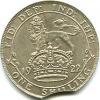

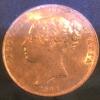


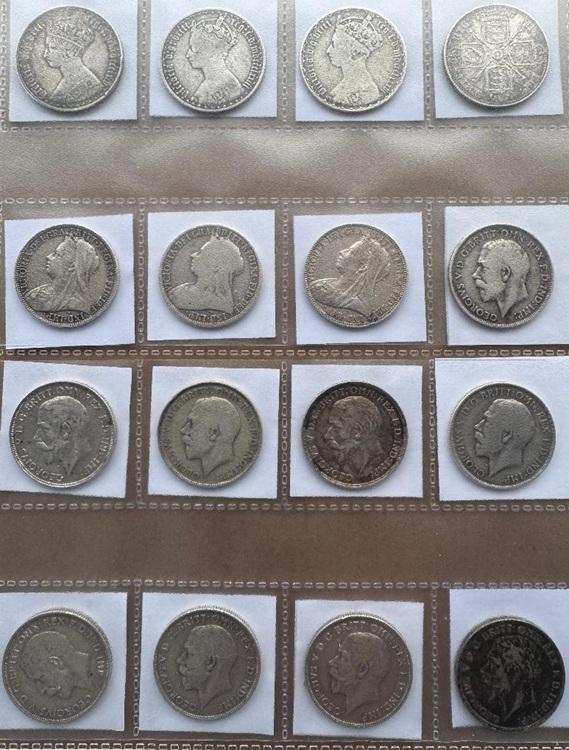
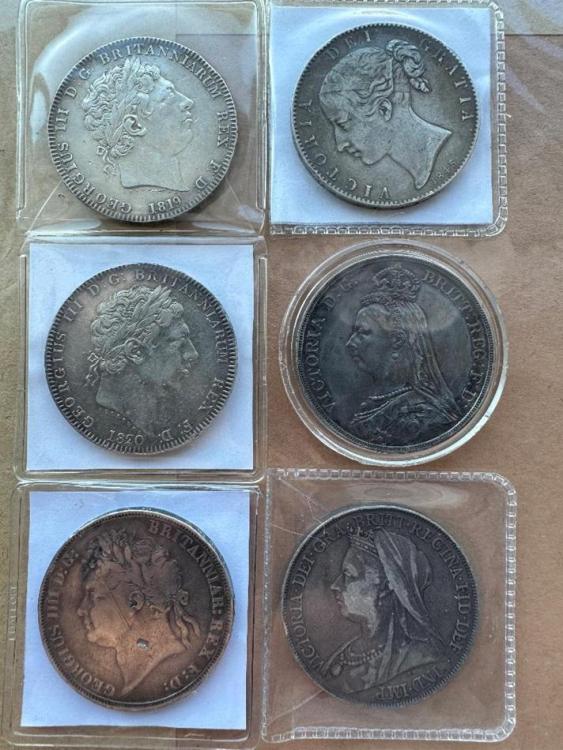
-Copy.jpg.2c588ce105ce4add953990bc7684bba5.jpg)
-Copy.jpg.99ed70fff3cb1123b6b0487666b46107.jpg)
.thumb.jpg.dcd1c11463a0da4059dea665f1a377ae.jpg)
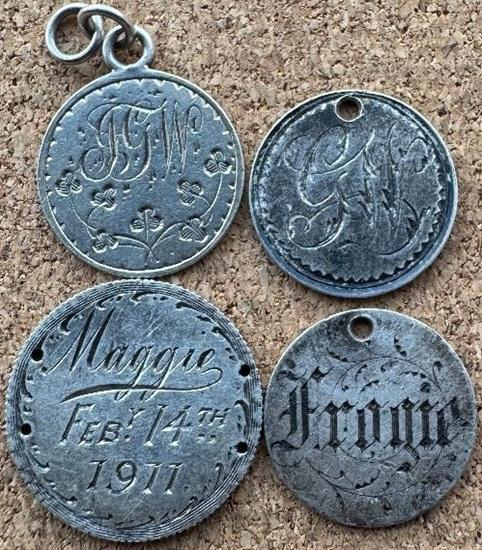
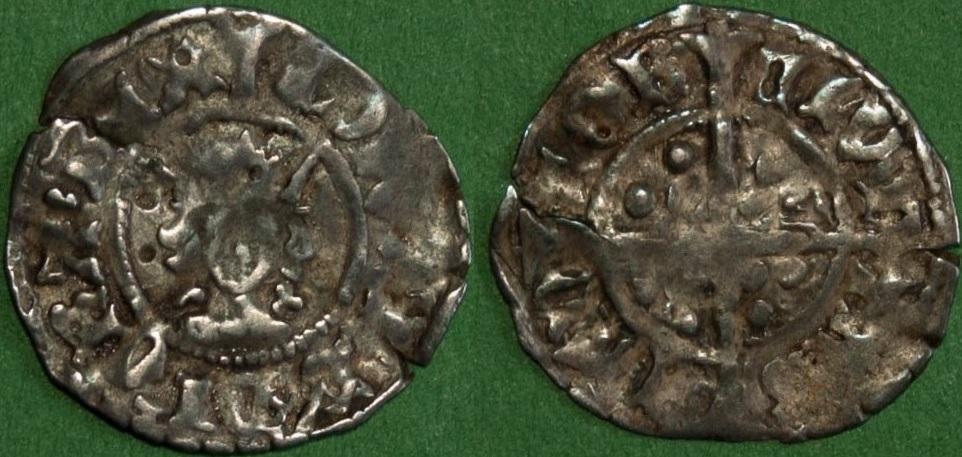
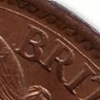
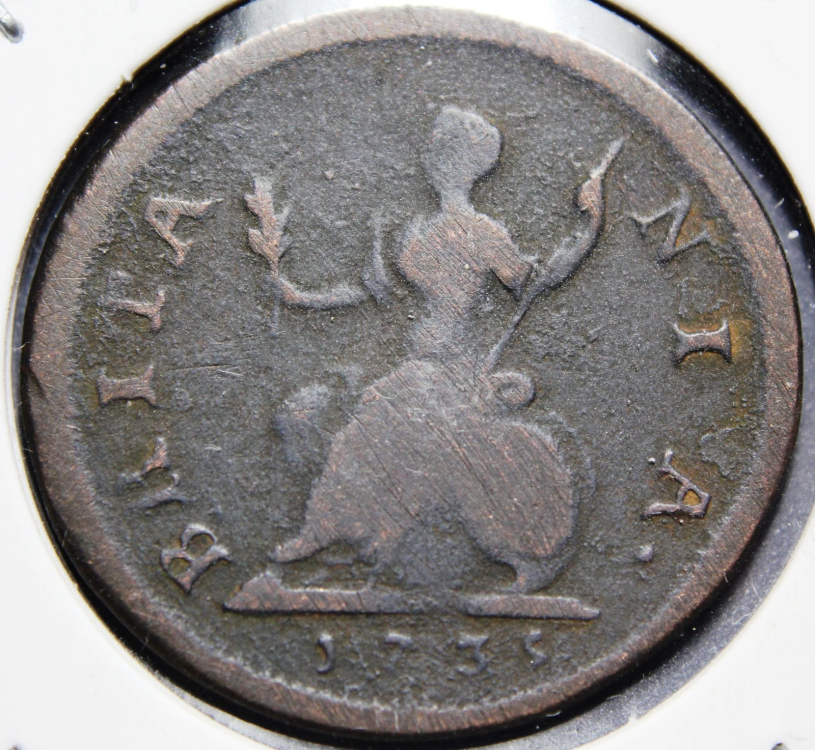
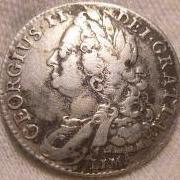
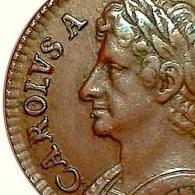
-01.thumb.jpg.44944af8bc56a22b121178cc838c39b2.jpg)

